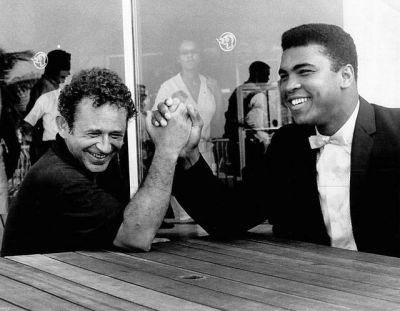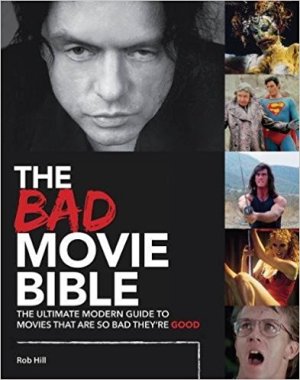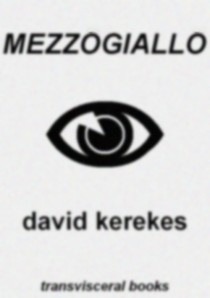 O mie nouă sute optzeci şi patru, George Orwell, translated by Mihnea Gafiţa (Biblioteca Polirom 2002)
O mie nouă sute optzeci şi patru, George Orwell, translated by Mihnea Gafiţa (Biblioteca Polirom 2002)
During much of the twentieth century, it was much easier for Romanians to live Nineteen Eighty-Four than to read it. Romania had a real Big Brother in the form of the dictator Nicolae Ceaușescu (1918-89). And the ideology that once tyrannized the country might as well have been called RomSoc. The novel was (I assume) banned under Ceaușescu, but all things must pass and Ceaușescu was one of them. So Nineteen Eighty-Four is now available in Romanian in this attractive edition by Polirom.
I don’t like the image on the front cover, though. It doesn’t capture what happens inside but I suppose it would be interesting if the novel is new to you. I don’t know how good the translation is because I don’t know Romanian. But I can understand much more of this book than I could of the Polish edition of Nineteen Eighty-Four I’ve kind-of reviewed here. As the name suggests, Romanian is a Romance language, descended from Latin and related to Italian, French and Spanish. And if you have a good knowledge of Latin and Italian, you’ll be able to understand a lot of Romanian without ever studying it. The title of the book is mostly Romance, for example, though I didn’t see that at first. “Why have they chosen a new title?” I thought. Well, they hadn’t, I realized: mie must be related to mille, nouă to novem, optzeci to octoginta and patru to quattuor.
But Italian and Latin will only take you most of the way to mastering Romanian in quadruple-quick time. If you add Bulgarian or Russian to the mix, you’d really be flying, because Romanian has borrowed a lot from Slavonic languages. There’s an example of that borrowing in part of the book that any educated English-speaker should be able to understand:
RĂZBOIUL ESTE PACE
LIBERTATEA ESTE SCLAVIE
IGNORANŢA ESTE PUTERE
Compare an Italian translation:
LA GUERRA È PACE
LA LIBERTÀ È SCHIAVITÙ
L’IGNORANZA È FORZA
And a Spanish:
LA GUERRA ES LA PAZ
LA LIBERTAD ES LA ESCLAVITUD
LA IGNORANCIA ES LA FUERZA
And a French:
LA GUERRE C’EST LA PAIX
LA LIBERTÉ C’EST L’ESCLAVAGE
L’IGNORANCE C’EST LA FORCE
In Romanian, “RĂZBOIUL ESTE PACE” must mean “WAR IS PEACE”, but RĂZBOIUL doesn’t look Romance. It isn’t: it’s Slavonic. Elsewhere in the book you might spot this: Oceania se află în război cu Eurasia şi în alianţa cu Estasia – “Oceania was at war with Eurasia and in alliance with Eastasia.” The change from războiul to război might help you work out that, as in Swedish, definite articles go at the end of words in Romanian. Which is odd, but Romanian is the oddest language in the Romance family. By no coincidence, it’s also the easternmost. I’d like to learn it, but I can say that of many other languages. This book was a fascinating glimpse into another room in the vast mansion of human language. And that mansion is not a totalitarian monstrosity like Nicolae Ceaușescu’s huge and horrible House of the Republic in Bucharest (now called the Palace of the Parliament). Instead, it’s a beautiful and mysterious place full of hidden rooms, secret doors and forking corridors.
And speaking of Nicolae again, how does Romanian translate that most famous of all Orwellian phrases? Like this: FRATELE CEL MARE STĂ CU OCHII PE TINE. That looks as though it means something like “Big Brother is with eyes on you.” It’s snappier in Italian: IL GRANDE FRATELLO VI GUARDA. Snappy or otherwise, the phrase didn’t serve its purpose. Orwell warned us about mass surveillance in one of the most successful novels ever written, but it looks as though he was doomed to be a Cassandra. This Romanian edition is another example of how he succeeded hugely as a writer and failed miserably as a physician. You might say that Fratele has got us nowhere.




